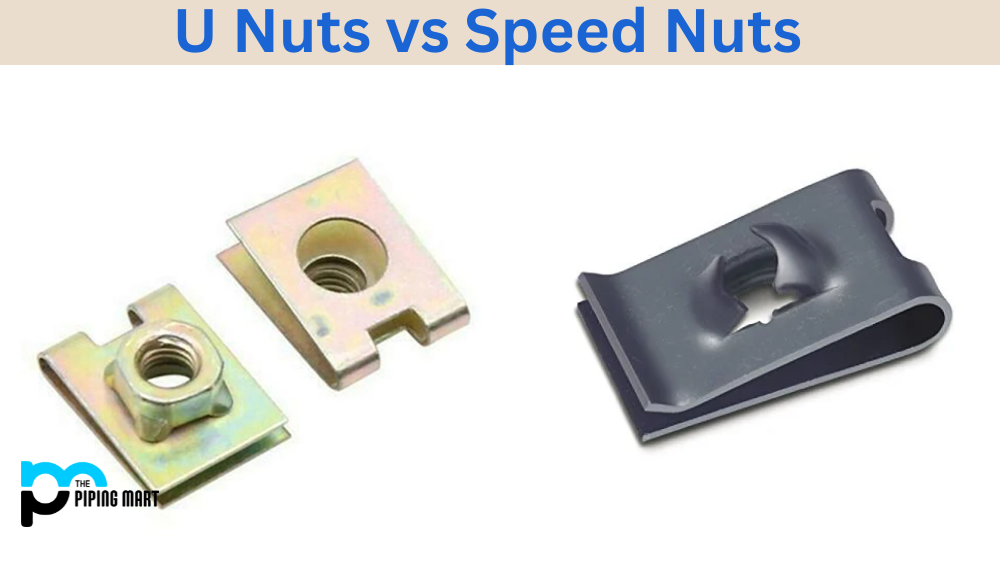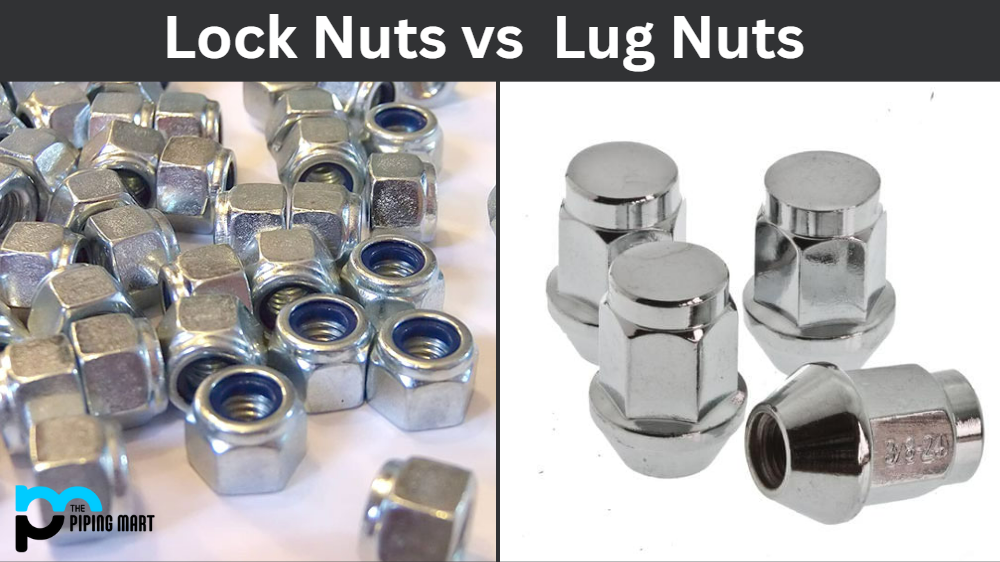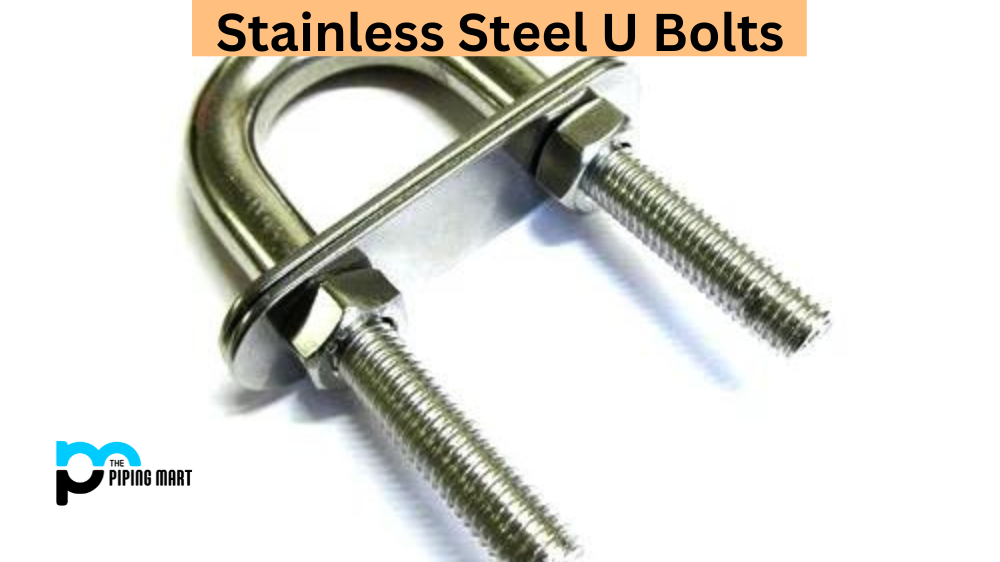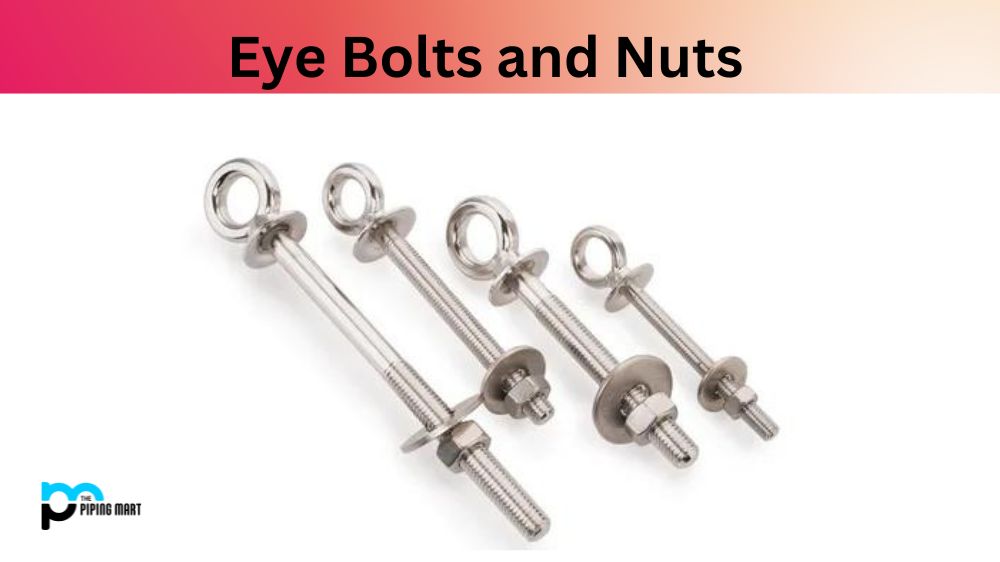Whether a DIY enthusiast or a professional mechanic, you must have encountered U and speed nuts. These small yet critical components of a mechanical system play a significant role in maintaining the stability and security of the system. Although the two types of nuts look similar, their design and usage differ. This blog post will delve into the key differences between U nuts and speed nuts to help you understand which one suits your project.
What is U Nuts?
A U nut is a type of clip shaped like a U with threads running along its interior. The U nut is usually installed over a surface, and a screw is then threaded through its hole to secure the nut in place. U nuts are typically made from durable materials like steel, increasing wear and tear resistance. They are commonly used for attaching trim pieces, mounting brackets, and other automotive applications.
One of the major advantages of U nuts is their reliability in providing a strong grip. Since the U nut wraps around the material’s edges, it oit’ss greater stability and support than other fastening methods. This makes U wild ideal for stability, such as securing heavy loads or where vibration or movement is expected.
What is Speed Nuts?
A speed nut is another type of fastener that consists of a threaded clip, but rather than having a U-shape, it resembles a circular flange with teeth that grip the material around its circumference. Installing a speed nut requires a mounting hole for the clip, and the screw is then inserted through the hole and screwed into the clip. Speed nuts are commonly used in sheet metal and other thin material applications.
The main advantage of speed nuts is their quick and easy installation. The teeth of the clip grip the circumferential edge of the material surrounding the mounting hole, providing secure attachment without additional hardware. This makes them ideal for situations where time efficiency is important or where the visible end of the connection needs to be concealed.
Design:
U nuts, also called J nuts or Christmas tree nuts, have a ‘U’ shape with two p’r’llel flanges. The flanges have barbs angled downwards, allowing them to grip the material tightly. U nuts are usually made of steel or brass and are used in automotive and electrical applications. They are designed to accommodate screws and bolts with different lengths and diameters.
On the other hand, speed nuts, also called stamped nuts or spring nuts, have a simple design with a circular base and two or more flexible prongs. These prongs create a grip force that secures the nut onto the material. Speed nuts can be made of materials such as steel, stainless steel, and plastic, commonly used in the automotive industry.
Functionality:
U nuts and speed nuts are both used for securing screws, bolts, and other fasteners onto a material. However, U nuts provide a more secure and stable grip due to their barbed flanges. The flanges also prevent the nut from turning when tightening, ensuring the fastener is locked in place.
Speed nuts, on the other hand, are faster to install and remove due to their simple design. They are commonly used in applications where quick installation and removal are required, such as automotive industries where parts must be assembled and disassembled frequently.
Applications:
As mentioned, U nuts are commonly used in automotive and electrical applications. They are ideal for holding thin and soft materials such as plastic and sheet metal, providing a secure and reliable fixing. U nuts are also less prone to failure due to their strong and durable design.
Speed nuts, meanwhile, are commonly used in the automotive industry, particularly in assembly lines. They can quickly grip onto studs or bolts, which speeds up the installation process. Speed nuts are also widely used in the air conditioning and ventilating industry.
Sizes and Compatibility:
U nuts and speed nuts come in various sizes and are compatible with a wide range of screws, bolts, and other fasteners. However, U nuts are more versatile due to their design, which can accommodate screws and bolts with different lengths and diameters. On the other hand, speed nuts have specific sizes and are more compatible with studs and bolts of certain sizes.
Conclusion:
In conclusion, U nuts and speed nuts are essential components in mechanical systems. They differ in their design, functionality, applications, and compatibility, and knowing which unit suits your project is essentialect. If you need a strong and reliable grip, U nuts should be your go-to choice. But if you value quick and easy installation, speed nuts are the way to go. This blog post has helped you understand the differences between the two nuts and choose the right one for your project.
Sakshee is a talented blogger, with a particular focus on the Business and Metal Industry. She is passionate about sharing her insights on various metal products and helping professionals to make a better decisions.




